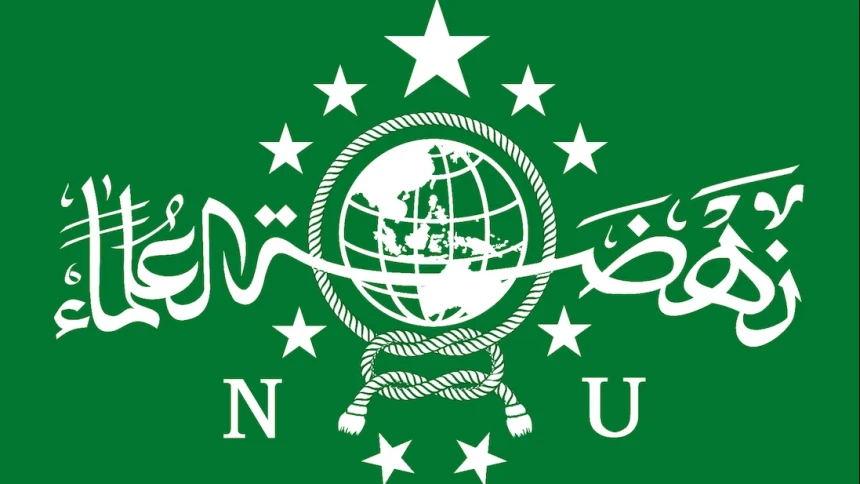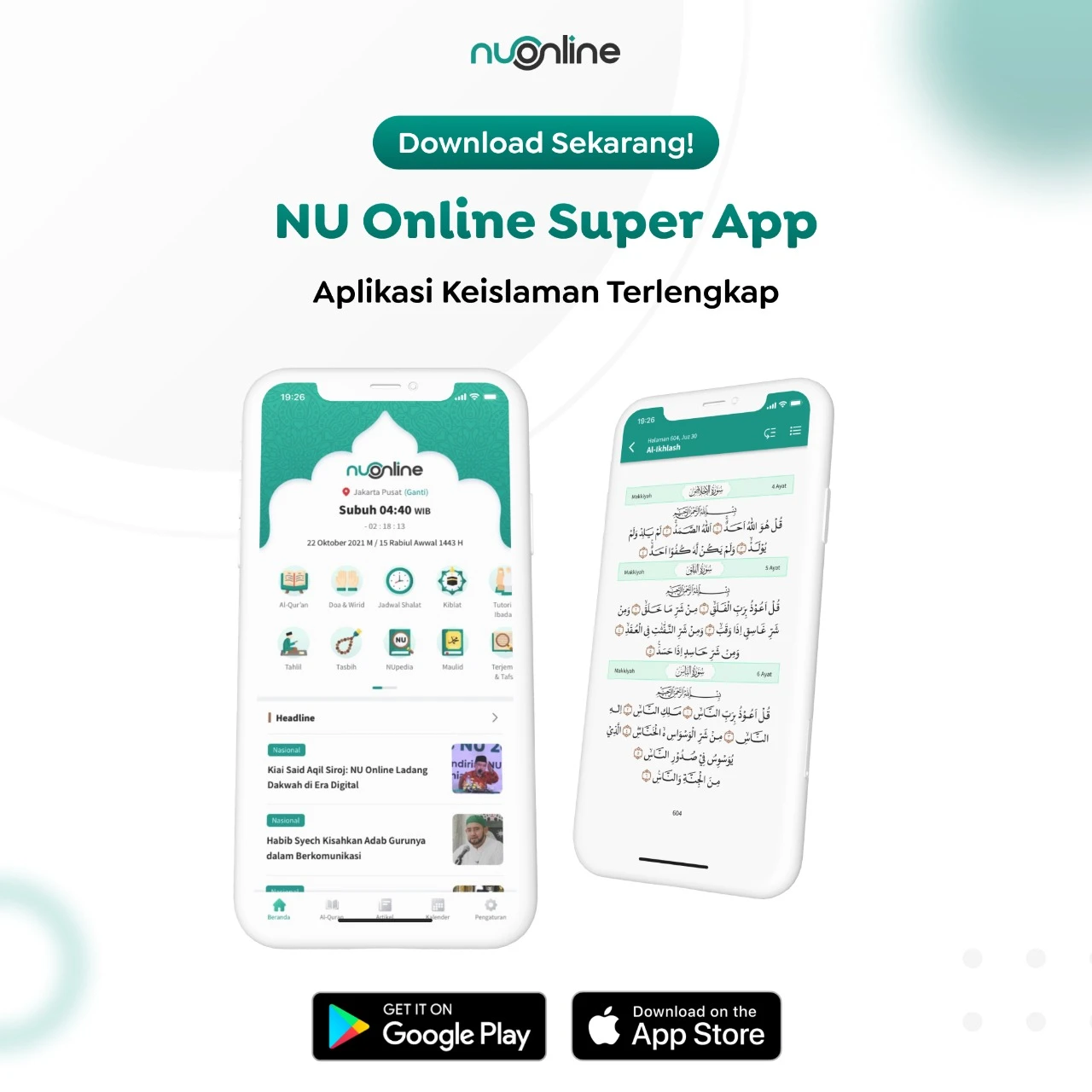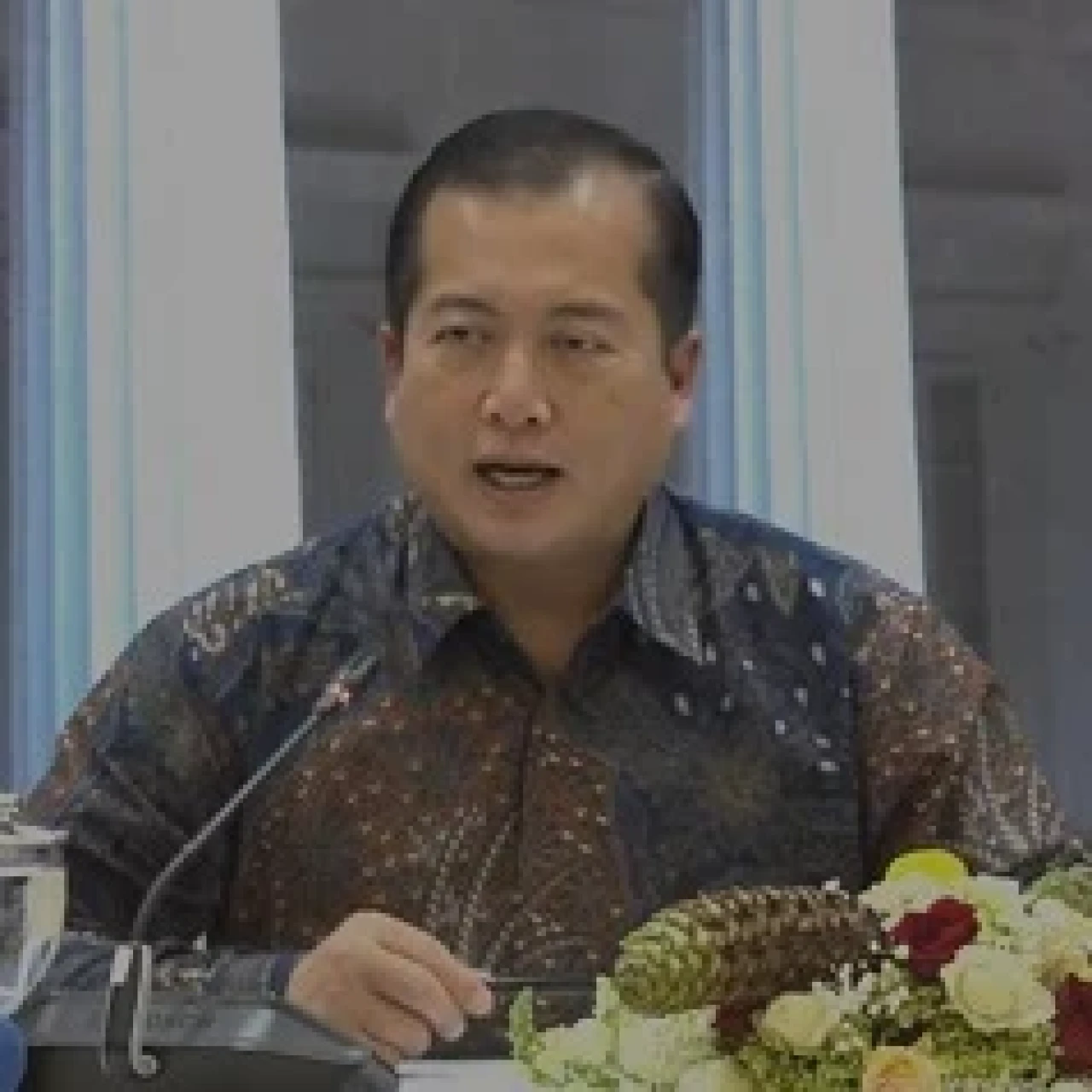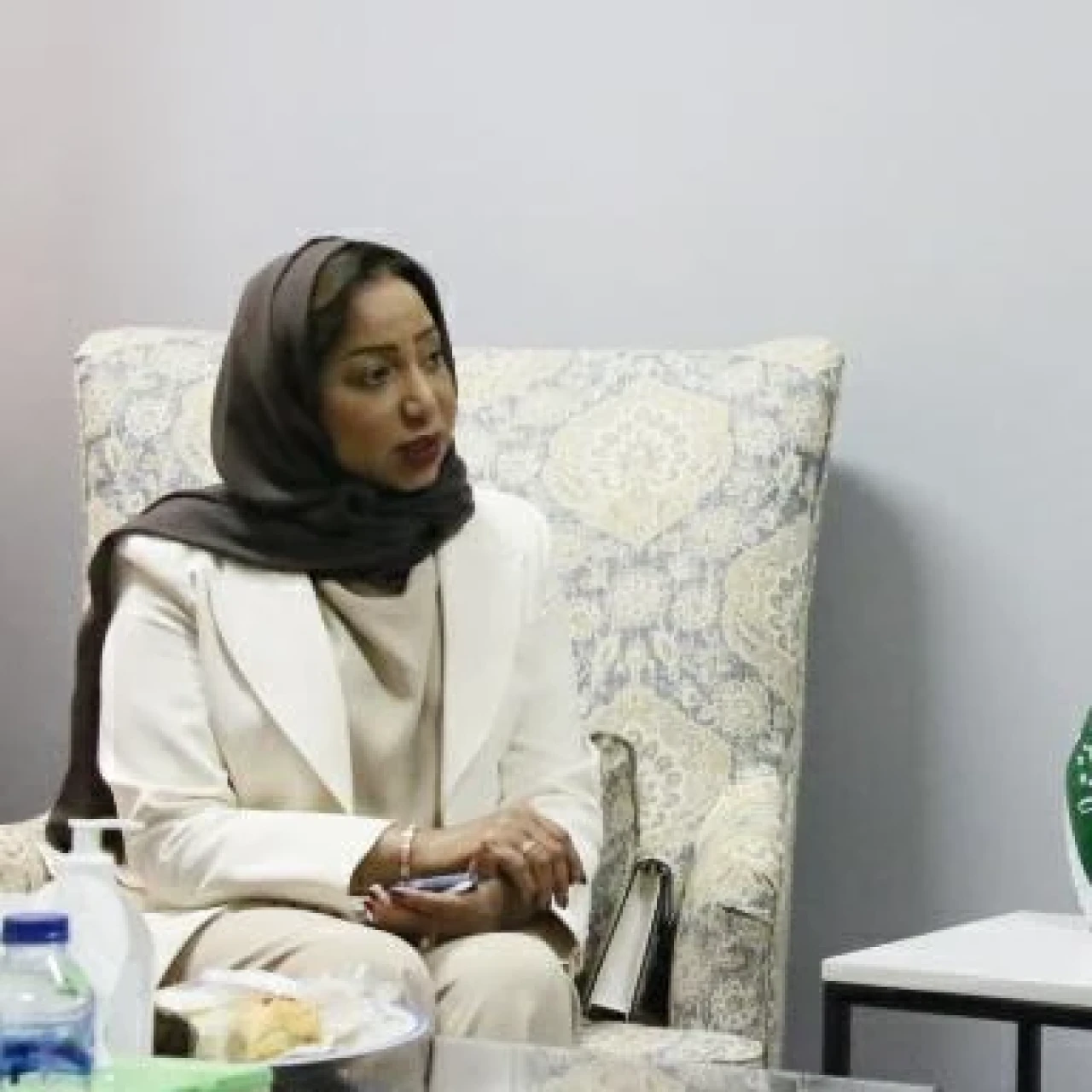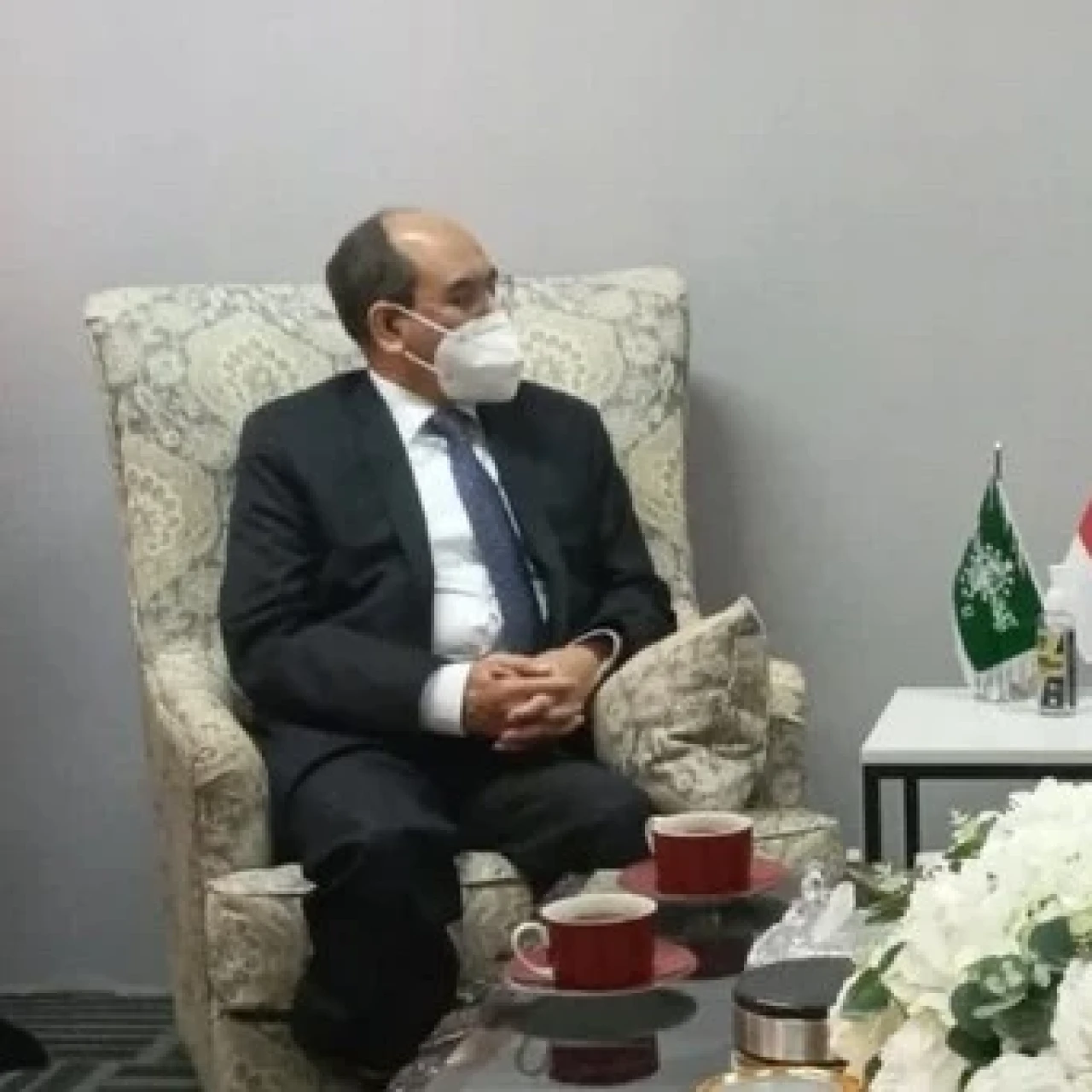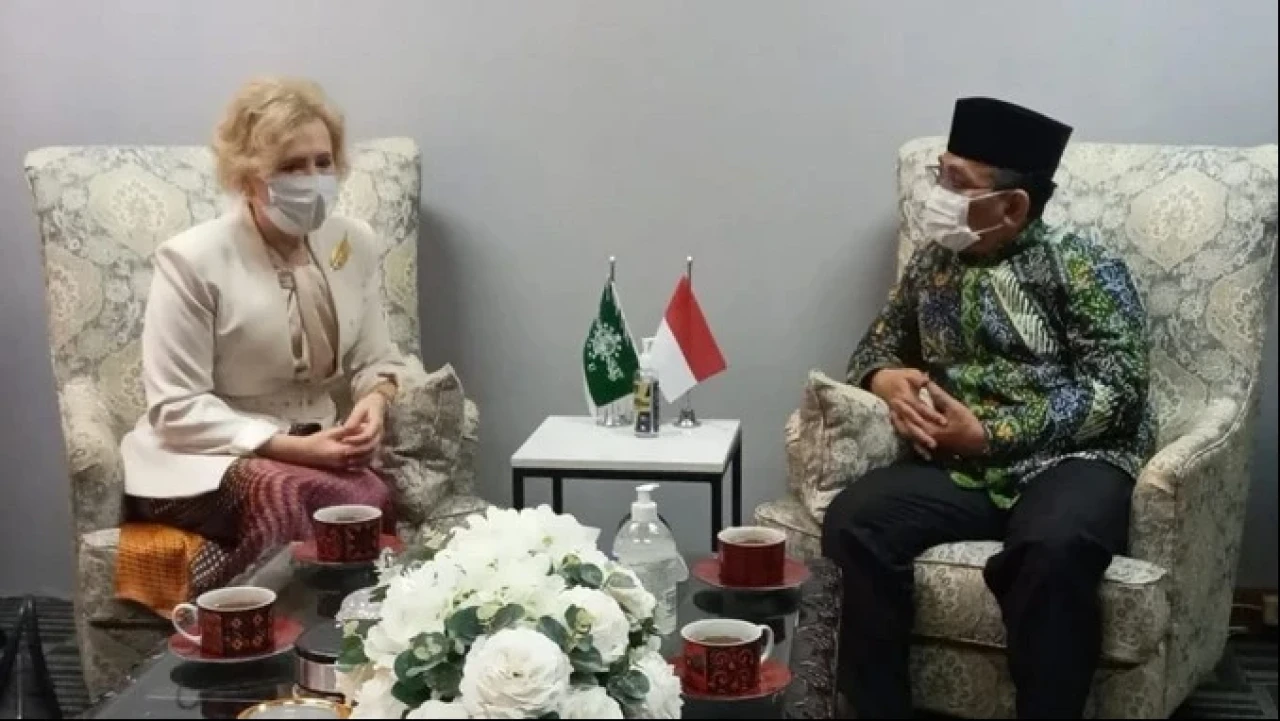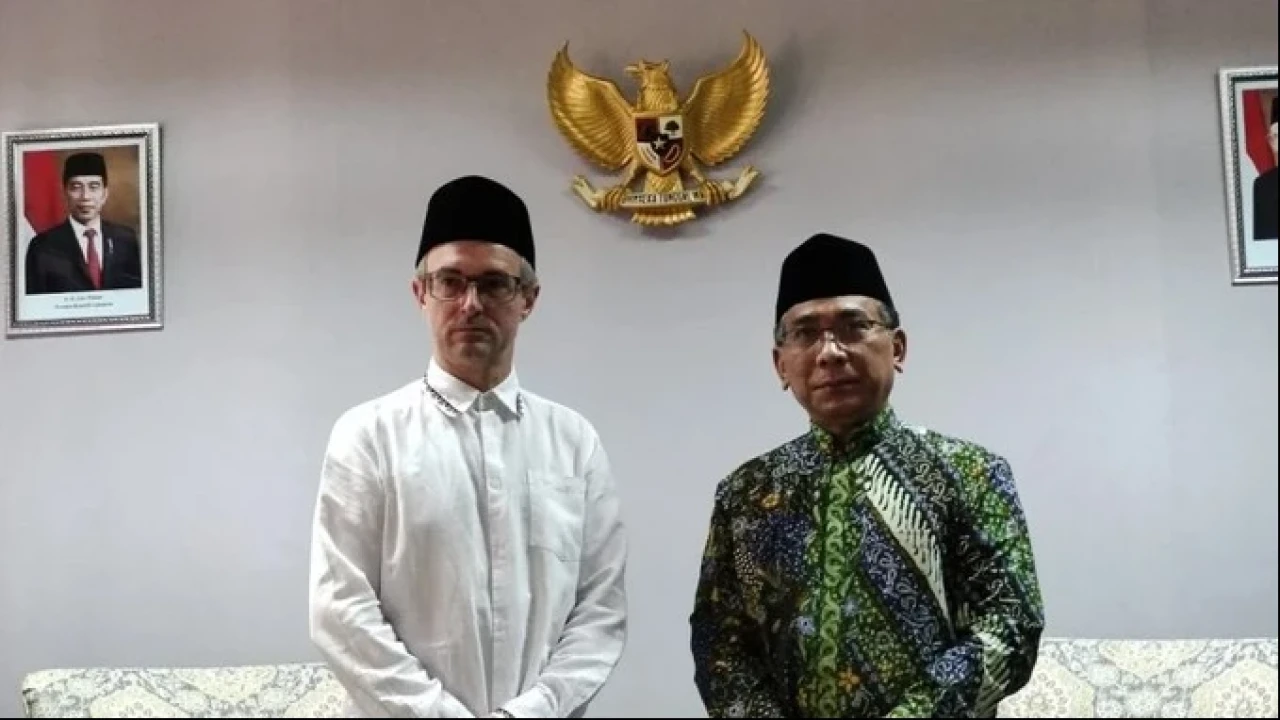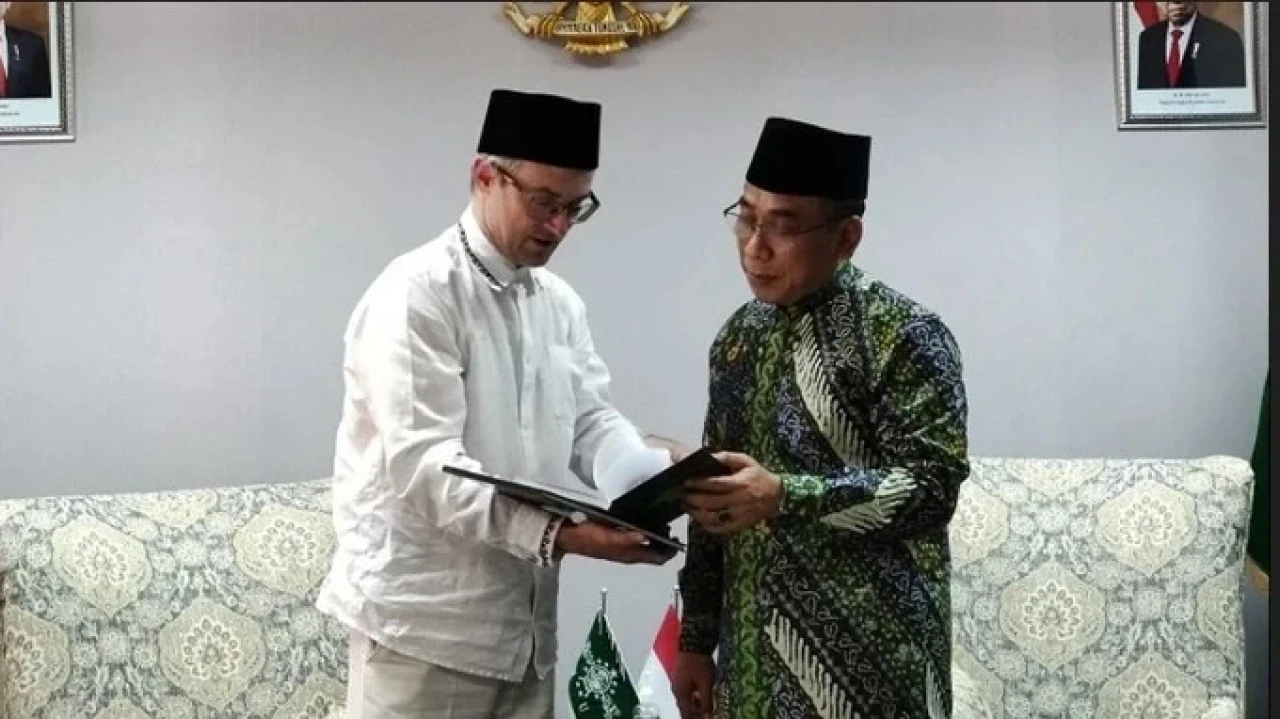Back in 2000, Okolo Rashid had an activist moment — one of many she’s had in her life as a community organizer and local-history preservationist in Jackson, Mississippi.
As she watched a promotion on television for “The Majesty of Spain: Royal Collections from the Museo del Prado and Patrimonio Nacional” hosted by the Mississippi Arts Pavilion, she noticed a glaring omission from Spain’s history.<>
“They aren’t going to do anything on the Islamic era?” Rashid told America.gov. “Well, how can they do that?” After further research on the multimillion dollar exhibition’s content, it became clear Islam’s contribution to Spanish culture was being overlooked.
For Rashid, that just would not do.
Inspired by her Muslim faith, Rashid organized an exhibition in Jackson about Muslim culture in the Iberian Peninsula that opened shortly after The Majesty of Spain. More than a year later, Rashid’s exhibition turned into the International Museum of Muslim Cultures (IMMC), the first museum in the United States dedicated to educating Americans about Muslim culture. Today, she is the museum’s executive director.
A longtime pillar in her African-American community, Rashid links the desire to enrich fellow citizens’ lives to her belief in Islam. A convert to Islam in 1976, Rashid was greatly influenced by the teachings of African-American Muslim leader Warith Deen Mohammed.
“I would say that if there was one person who impacted my life more than any other it would be Warith Deen Mohammed.”
Mohammed, who died in 2008, took over the Nation of Islam in 1975. Eventually, his organization became the American Society of Muslims, which promotes a positive image of Islam to Americans.
Mohammed’s message of respect for human dignity and individual worth resonated strongly with Rashid. The daughter of sharecroppers who grew up in Mississippi in the 1950s and 1960s, Rashid was active in civil rights and human rights causes. Mohammed’s message to African Americans — not only Muslim African Americans — moved her.
“Imam Mohammed brought a very strong argument for social reform and to reform our thinking as African Americans,” Rashid said. “Independent thinking — that’s what Imam Mohammed taught us. Thinking for ourselves and using these Islamic ideals to reshape our overall worldview.”
In step with reform, Rashid’s Masjid Muhammad in Jackson restructured its board of directors in 2000. Historically, an African-American mosque, its new board included Palestinians, Sudanese and Pakistanis in addition to African Americans.
Although Rashid did not know it at the time, Masjid Muhammed’s new board members would play a pivotal role in her future endeavors. Connections through the mosque’s board helped her first establish “Islamic Moorish Spain: Its Legacy to Europe and the West” and then the IMMC.
In reaching out to the community, mosque board members discovered that other Jackson-area residents were unhappy with the Spanish exhibition for its omission of Islam. Soon, local academics, politicians and business professionals began to brainstorm with Rashid on how best to educate their community about Islam’s contribution to Spanish culture.
Mosque board member and local businessman Emad Al-Turk used his engineering skills to draw a plan for the exhibition and, four months after Rashid’s idea was conceived, Islamic Moorish Spain opened. It was located one block from the Majesty of Spain exhibition; Rashid estimates about 25,000 people visited her Islamic Moorish Spain during its first six months.
Despite warnings from professional exhibition planners that her vision could not be completed in four months to coincide with The Majesty of Spain, Rashid kept her faith and insisted that they try.
“It is a miracle that it opened because it took divine intervention for us to do it in such a short amount of time.”
Islamic Moorish Spain was set to close on September 30, 2001, but the attacks on September 11 pushed back this date — permanently. Community leaders, including Christian ministers, rallied to the exhibit’s cause, seeing the need for Americans to learn about Islam more than ever.
This strong response to September 11 became the impetus to transform the exhibit into a museum.
Since then, Rashid’s vision has become a permanent feature of Jackson’s multicultural scene. Today, the IMMC receives both local and international visitors who learn about Muslim culture through its exhibits.
“It presents a unique opportunity to have a user-friendly environment that is both educational and cultural, as opposed to trying to invite people to a mosque,” Rashid said as quoted by america.gov.
The IMMC’s current exhibition covers the history of Timbuktu. Opened in October 2006, “The Legacy of Timbuktu: Wonders of the Written Word” highlights Islam’s importance to African and African-American culture. Rashid said The Legacy of Timbuktu is even more popular than the IMMC’s first exhibition that focused on Moorish culture in Spain.
The Legacy of Timbuktu displays some 45 Arabic manuscripts from 14th-century Mali that showcase the sophistication of local African culture. The manuscripts indicate a highly literate culture and refute depictions of West Africa as a society where knowledge was based on oral tradition.
Some of this literate culture found its way to America via the slaves who were brought to its shores. Many slaves from West Africa were fully literate in Arabic and some were even of royal blood, including a man who was forcibly brought to Mississippi.
“We talk about Prince Abdulrahman Ibrahim who was enslaved here for 40 years, and he is just one example of the established men and women who were brought here,” Rashid said.
With The Legacy of Timbuktu’s success, Rashid is looking to further promote the IMMC in other U.S. cities. A series of partnerships is under development in which museum items will be permanently displayed far from Jackson.
Closer to home, the IMMC long ago outgrew its original 4,500-square-foot venue. The board plans to construct a 60,000-square-foot facility at a cost of $17 million. Although Jackson State University recently offered the museum three acres of land to build the facility, the real challenge is in raising construction funds.
Undaunted by the task at hand, Rashid’s activism is still going strong. She is confident about the IMMC’s future. Future exhibitions will focus on the Ottoman Empire and Islam’s influence in America.
“Local support and building national support for the museum has been and will continue to be the key to our survival,” she said. (dar)
Terpopuler
1
Santri Kecil di Tuban Hilang Sejak Kamis Lalu, Hingga Kini Belum Ditemukan
2
15 Ribu Pengemudi Truk Mogok Nasional Imbas Pemerintah Tak Respons Tuntutan Pengemudi Soal ODOL
3
Sound Horeg: Pemujaan Ledakan Audio dan Krisis Estetika
4
Perbedaan Zhihar dan Talak dalam Pernikahan Islam
5
Operasional Haji 2025 Resmi Ditutup, 3 Jamaah Dilaporkan Hilang dan 447 Meninggal
6
Pastikan Arah Kiblat Tepat Mengarah ke Ka'bah Sore ini
Terkini
Lihat Semua

